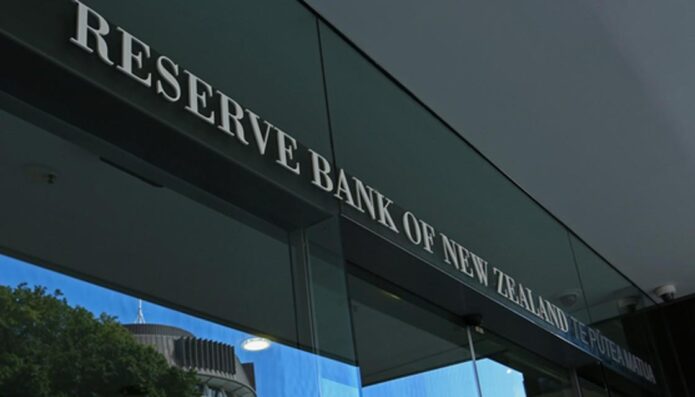PHOTO: Duncan Garner Podcast
New Zealand’s major banks are raking in profits while everyday Kiwis are left to shoulder the burden.
💰 Profits Over People
Despite a sluggish economy and rising unemployment, New Zealand’s major banks continue to report substantial profits. While the Reserve Bank of New Zealand (RBNZ) has cut the Official Cash Rate (OCR) to 3.5% to stimulate the economy, mortgage rates remain high, hovering around 5% to 5.5%. This discrepancy suggests that banks are not passing on the benefits of lower borrowing costs to consumers, choosing instead to maintain higher margins.
🏠 The Housing Squeeze
The housing market, once a cornerstone of Kiwi wealth, is under pressure. Property prices are projected to rise modestly in 2025, with forecasts ranging from 6% to 10.9% increases. However, these gains are out of reach for many, as high mortgage rates and stringent lending criteria make homeownership increasingly unattainable. First-time buyers and average-income families find themselves priced out, while investors and high-income earners capitalize on the market.
🏦 Fee Frenzy
Beyond lending, banks are profiting from a myriad of fees. From account maintenance charges to transaction fees, the costs add up for consumers. For instance, BNZ imposes a $12 fee for certain international transactions. While some banks offer fee-free accounts, these often come with conditions that many customers may not meet, leading to unexpected charges.
🚨 Trust Eroded
Public trust in banks is waning. A Consumer NZ survey revealed that only 32% of consumers strongly agree that banks can be trusted. High-profile cases, such as Westpac admitting to overcharging more than 24,000 customers, have further damaged the industry’s reputation. Despite these issues, regulatory responses have been limited, leaving consumers feeling unprotected.
🔍 Regulatory Gaps
While the RBNZ has highlighted risks to the financial system amid global volatility, it maintains that New Zealand’s banks are in a strong position. However, this focus on systemic stability overlooks the day-to-day struggles of consumers facing high fees and interest rates. Calls for stronger consumer protections and more aggressive regulatory action have yet to yield significant changes.










